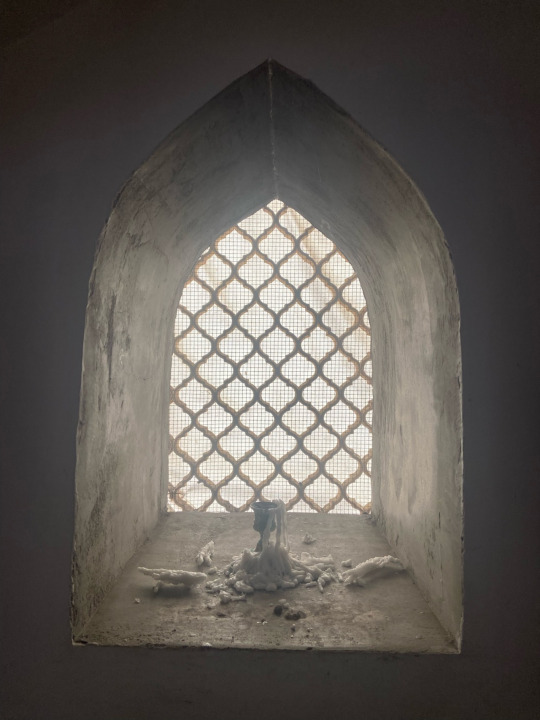Photo



Nosferatu, Andrea Calisi
10K notes
·
View notes
Video
Tonight, across the lunar marvel. Kin, Igei [金武町,伊芸区] Okinawa [沖縄], Japan June 5, 2020
Aleksandra Alba IG: tanzdreamer
34K notes
·
View notes
Photo

Buchan Caves, Gippsland, Australia. 14th April 1930.
27K notes
·
View notes
Text

the appearance of god is two-fold, Robert Fludd, 1626
10K notes
·
View notes
Text
Momentarily at times when, after reading certain books, his disgust for everyday life was accentuated, he longed for lenitive hours in a cloister, where the monotonous chant of prayers in an incense-laden atmosphere would bring on a somnolence, a dreamy rapture of mystical ideas.
— Joris-Karl Huysmans trans. Keene Wallace, Là-bas
211 notes
·
View notes
Text
"I was always conscious of a / possibility of silence falling like the / lid of a tomb and engulfing me / for ever and ever."
— Louise Bourgeois
350 notes
·
View notes
Text

yea this shit fucking rules

Being alive is so awesome
3K notes
·
View notes
Text
I must always have things around me that I find beautiful and sacred - organ music and mystery, symbol and myth. I need those and cannot renounce them. That is my weakness.
— Herman Hesse trans. W. J. Strachan, Demian
415 notes
·
View notes
Text


Les Yeux Sans Visage (1960) dir. Georges Franju
55 notes
·
View notes
Text

Les Yeux Sans Visage (1960) dir. Georges Franju
23 notes
·
View notes
Text


Les Yeux Sans Visage (1960) dir. Georges Franju
174 notes
·
View notes
Text
As is well known, the return of the beloved does not correct the loss of the beloved: Persephone
returns home stained with red juice like a character in Hawthorne—
Louise Glück, from “Persephone the Wanderer”
In Dracula, a ‘curse’ is inflicted upon Mina Harker for her blood transactions and transgressions with the Count. When Van Helsing attempts to purify her by pressing the Eucharist to her forehead it sears her flesh leaving a vivid red mark, a ghost of the erotogenic wound. Similarly in Angela Carter’s story the husband after discovering the blood-stained key presses it to his wife’s forehead. From her reflection in the mirror she sees that ‘the heart-shaped stain had transferred itself to my forehead, to the space between the eyebrows, like the caste mark of a Brahmin woman’. However hard she scrubs her forehead she knows that the stubborn stain will be inscribed on her flesh until the day she dies. Similarly, Mina Harker’s forehead is scarred with a scarlet signifier which she believes will remain until the Resurrection of the Body on Judgement Day for which the vampire is a prematurely parodic avatar.
Marie Mulvey-Roberts, “From Bluebeard’s Bloody Chamber to Demonic Stigmatic”, in The Female Gothic: New Directions, eds. Diana Wallace and Andrew Smith
242 notes
·
View notes
Text

wip 🫶 (death and the maiden - egon schiele)
240 notes
·
View notes
Text


What Evil Means to Us, by C. Fred Alford
230 notes
·
View notes
Photo

John Gilbert (1817-1897), ‘The Demon Lover’, “The Book of British Ballads” by Samuel Carter Hall, 1842 Source
2K notes
·
View notes
